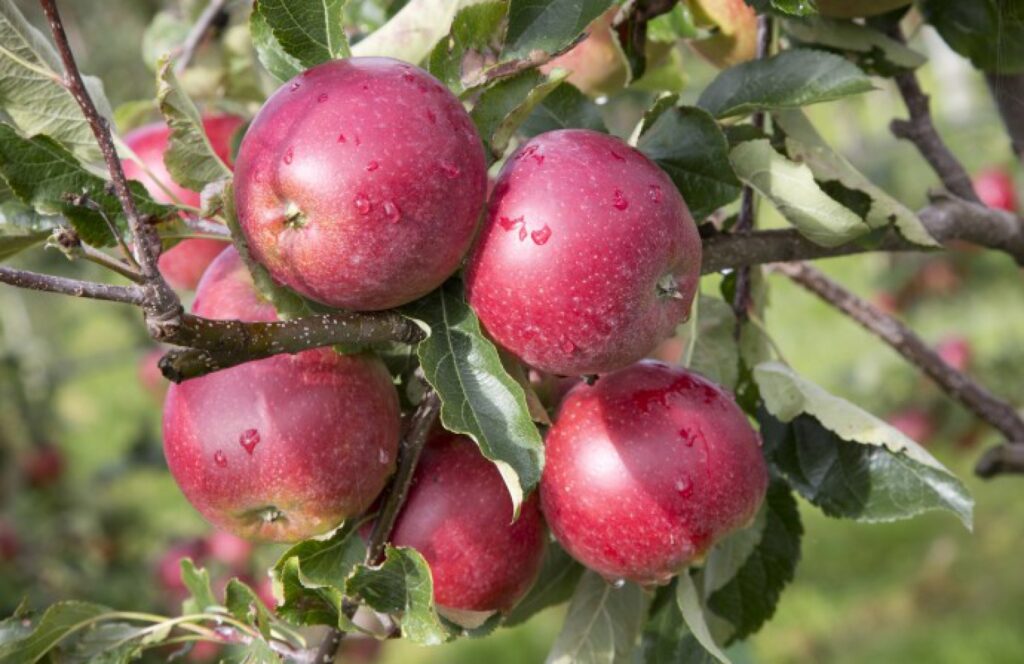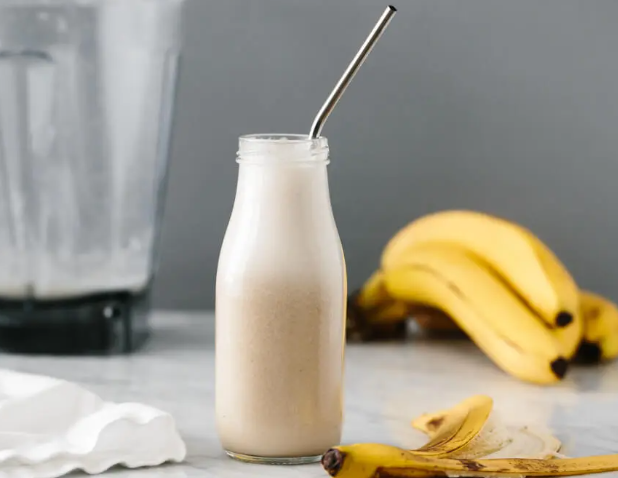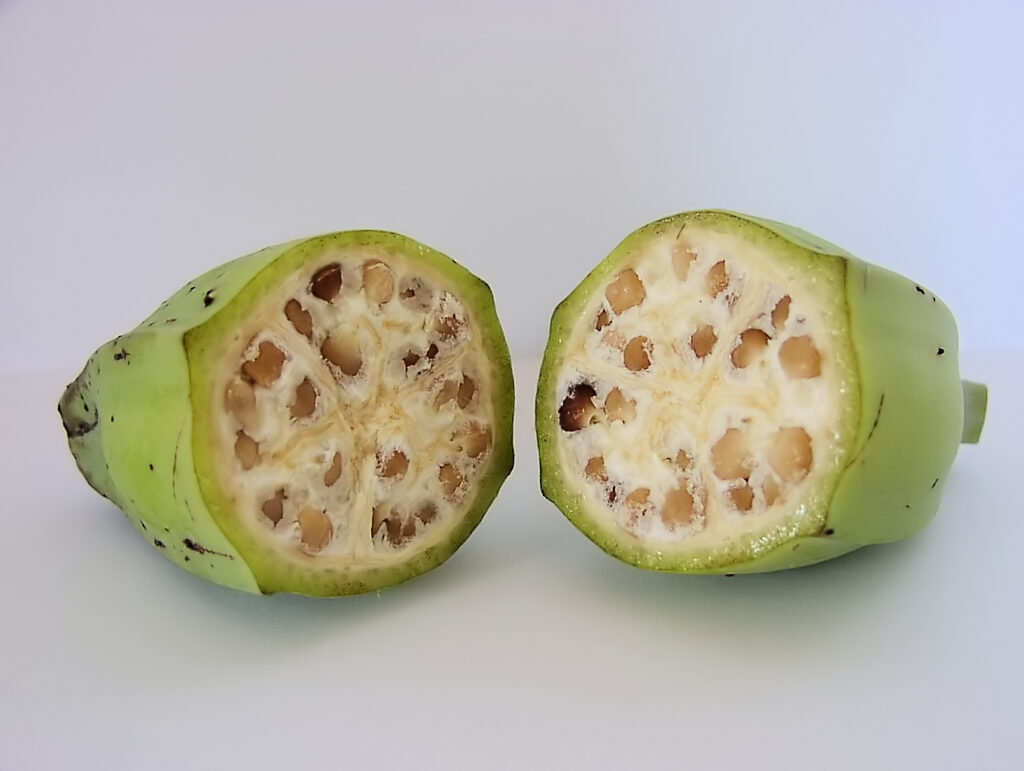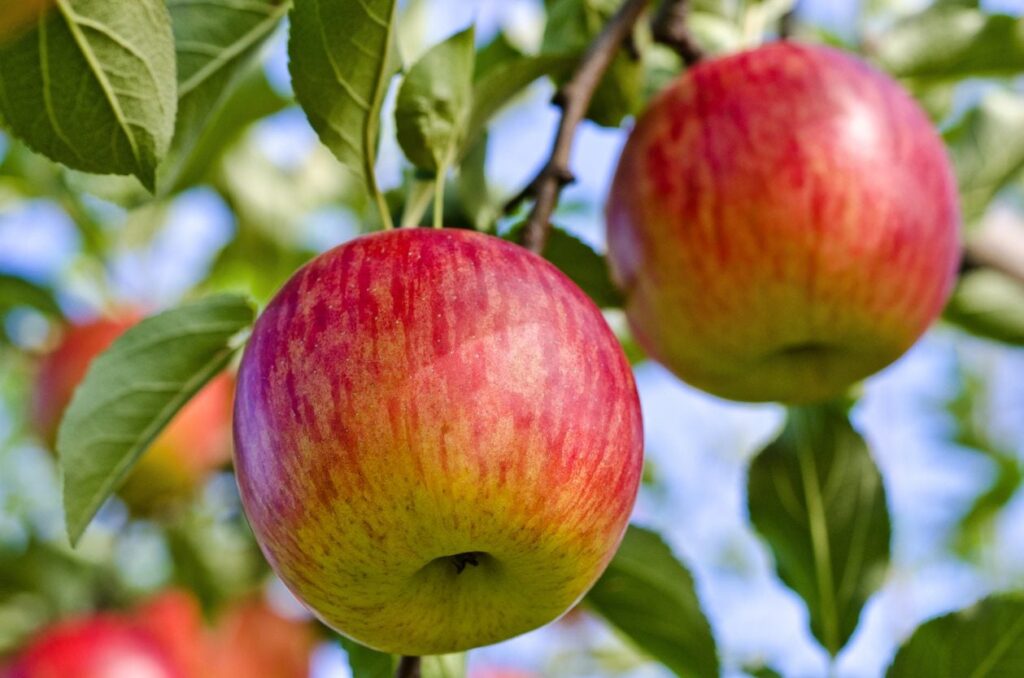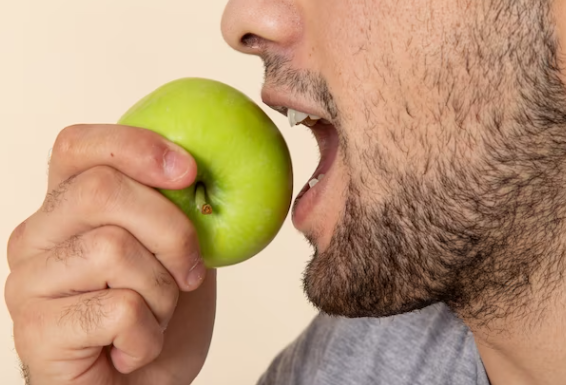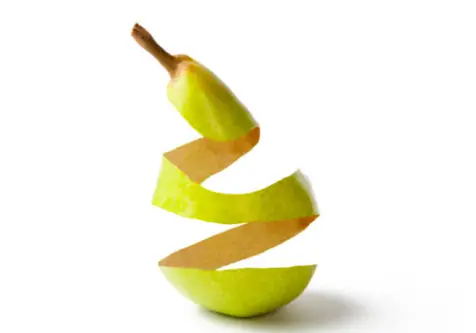The Surinam cherry, also known as Pitanga, Brazilian cherry, or Cayenne cherry, is a bright red fruit from South America. It’s especially common in Brazil. People love its sour taste in juices, jams, and jellies. Surinam cherry is also really good for your health—it can help with swelling and make digestion better, so people who know about traditional medicine use it a lot.
Table of Contents
- The Unique Flavor of Pitanga
- Where Pitanga Comes From and How People Use It
- Growing Surinam Cherry
- How To Successfully Cultivate Surinam Cherry
- When You Can Find Surinam Cherry
- Nutritional Value of Surinam Cherry
- Why Surinam Cherry Is Good for Your Health
- Tasty Ways to Enjoy Surinam Cherries
- Frequently Asked Questions
The Unique Flavor of Pitanga
When you eat Surinam cherry, it tastes sour and sharp but also just a bit sweet. It’s like a mix of cherries, cranberries, and strawberries. If the fruit is more ripe, it’s sweeter. If it’s less ripe, it’s sourer. Even though it’s got a strong taste, it’s really popular in South America for cooking. You can find it in sweet things like cakes and cool things like ice cream, but it also goes well in dishes that aren’t sweet.
Where Pitanga Comes From and How People Use It
Pitanga is originally from South America, and it’s a big deal in places like Brazil. People there use its fruit to make all sorts of tasty things, such as juices, jams, jellies, cakes, and ice creams.
It also has a long history of being used in South American folk medicine. The leaves and fruit are believed to help with all sorts of health problems, like inflammation, digestion, sore throats, fevers, and skin issues. It’s been a valued part of South American heritage for a very long time and continues to be important today.
Growing Surinam Cherry
The Surinam cherry tree is small, does well in hot and humid climates, and is often found in gardens, orchards, and farms across South America. It’s an easy plant to take care of, which is why so many people like to grow it.
If you want to grow a Surinam cherry tree, make sure it gets lots of sunlight and the soil drains well. It can grow in almost any soil, like sand, clay, or loam. The best way to get a new tree is from a seed. After planting, it usually starts making fruit in 3-4 years, and you can keep picking the cherries over a long fruit season.
To get the most fruit, prune the tree to keep it neat and promote new branches. Make sure you pick the cherries when they’re ripe so they taste their best. Ripe cherries should be kept in a cool, dry place until you eat them or use them in a recipe.
How To Successfully Cultivate Surinam Cherry
Want to plant your own Surinam cherry tree? Here’s what you need to do:
- Pick the perfect spot – Surinam cherry loves sunlight and nicely draining soil. It grows best in nutrient-rich, moist ground that’s a bit acidic or neutral (a pH between 6.0 and 7.5).
- Get a plant – Either buy a Surinam cherry tree from a garden store or use a seed from a cherry if you want to start a new one.
- Planting – Make a hole a little bit bigger than the roots, put in the tree, and cover it back up. Then, water the plant a lot to help it settle.
- Water it right – Keep the ground wet (but not too wet) with a good soak, especially if it hasn’t rained for a while.
- Feed your tree – Use a balanced fertilizer, like one with equal parts of different nutrients (10-10-10), especially during the first two years. Follow the instructions carefully.
- Trimming – In winter or early spring, cut off the bits of the tree that are dead, sick, or all tangled up. This makes the tree healthier and helps it grow more fruit.
- Pick the cherries – They should be a deep red color and a little squishy when they’re ready to eat. This will be about 6 to 8 months after planting, but it also depends on the kind of Pitanga you have.
If you take good care of the tree and follow these steps, your Surinam cherry will do well in all sorts of climates. It will give you tasty fruit and make your garden look great.
When You Can Find Surinam Cherry
The Surinam cherry tree bears fruit a lot of times in the year. In South America, you can usually find it from December to May, and it’s most abundant in January and February. But the exact months might change depending on where you live and what the weather’s like.
If you’re in a hot and humid place, you might be lucky enough to get cherries all year round. If you’re not in South America, you might also find Surinam cherry in special markets or international food shops, depending on the time of year and location.
Nutritional Value of Surinam Cherry
Surinam cherry is great because it’s got few calories but lots of vitamins, minerals, and things that stop you from getting sick. In every 100 grams of the fruit, you’ll get:
- Calories: 46 kcal
- Carbs: 11 g
- Fiber: 2 g
- Protein: 1 g
- Fat: 0.6 g
- Vitamin C: 30 mg (50% of what you need in a day)
- Vitamin A: 130 IU (2% of what you need in a day)1>
- Calcium: 20 mg (2% of what you need in a day)1>
- Iron: 0.7 mg (4% of what you need in a day)
Also, it’s full of helpful stuff like potassium, phosphorus, and magnesium. Surinam cherry has a lot of antioxidants, which help keep your cells healthy by fighting off things that could hurt them. These antioxidants can also help bring down swelling in your body. Eating Surinam cherry is a great choice because it helps your immune system work better, makes your digestion smoother, and lowers how much you’re swollen.
Why Surinam Cherry Is Good for Your Health
Surinam cherry has lots of good things in it that can help keep you healthy. Here’s why you should think about eating it:
- Packed with antioxidants – These nutrients in Surinam cherries protect your cells from harm and have anti-inflammatory benefits that can help fight inflammation.
- Strengthens immune system – Surinam cherries have lots of vitamin C, which is great for keeping your immune system strong to fight off sickness.
- Improves gut health – Surinam cherries have fiber that can help your digestion and keep you from getting constipated.
- Reduces inflammation – Eating Surinam cherries can help lessen swelling in your body and relieve a sore throat.
- Keeps skin looking young – The antioxidants in Surinam cherries can protect your skin, help avoid wrinkles, and make your skin look younger.
Remember that while Surinam cherries are good for your health, they still have natural sugars. Be careful not to eat too many. If you have health problems, it’s a good idea to talk with a doctor before you start eating them a lot.
Tasty Ways to Enjoy Surinam Cherries
You can add Surinam cherries to your diet in many fun and tasty ways. The fruit is not only yummy but also good for you. Here are different things you can make with it:
- Eat them as they are – Just wash the Surinam cherries, remove the stems and enjoy them as a quick and healthy treat.
- Make juice – Mix them with fruits like strawberries and apples to make a really tasty drink full of vitamins.
- Create jams & jellies – Surinam cherries can be turned into delicious spreads for your bread, crackers, and more.
- Bake into desserts – Use Surinam cherries in cakes, pies, and ice creams to give them a sweet and tangy taste.
- Whip up sauces – You can make tasty sauces with Surinam cherries to go with meat, chicken, or fish.
- Flavor your drinks – Make syrups or cordials from the cherries to add a special touch to your beverages or cocktails.
- Add to salads – Toss some Surinam cherries into your salad for a burst of sweet and tangy flavor.
With all these options, you can experiment and find your favorite way to add Surinam cherries to your meals.
Frequently Asked Questions
